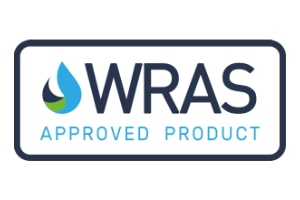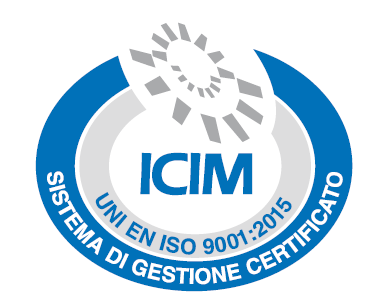Menu
The significance of accessible and inclusive school restrooms extends far beyond the convenience they provide. By implementing thoughtful design strategies, educational institutions can actively promote inclusivity and create an environment where all students feel a sense of belonging. Such efforts empower all students with to participate fully in school activities and educational experiences.
School restrooms play a fundamental role in a student’s daily life, providing them with the essential privacy and facilities they need. However, it is essential to go beyond mere functionality and consider the diverse needs of all students. By embracing the principles of accessibility and inclusivity, we can transform school restrooms into spaces that truly cater to the needs of each individual, fostering an environment where everyone feels welcome and respected.
Renewing school restrooms with a focus on accessibility and student health requires careful planning, consideration of regulations and guidelines, and a commitment to creating an inclusive and hygienic environment. Here are some key steps to follow:
Begin by conducting a thorough assessment of the existing restrooms in your school. Identify areas that require improvement in terms of accessibility and student health. Take note of any structural issues, outdated fixtures, insufficient lighting, or potential safety hazards.
Work with architects, interior designers, and accessibility experts to create restroom layouts that prioritize accessibility (to find out more read this post) Consider higher wc, properly positioned grab bars, and ample space for maneuverability within the stalls. Incorporate tactile signage and visual indicators to aid students with visual impairments.
Pay special attention to hygiene and sanitation in the renewed restrooms. Install touchless fixtures such as automatic taps, soap dispensers, and hand dryers to minimize contact and the spread of germs. Check out our solutions: from multifunctional kit to electronic mixers.
Develop creative design elements and age-appropriate features that engage and captivate young children. Install child-scaled fixtures to make it easier for toddlers to use the restroom independently. Lower the height of sinks, toilets, and hand dryers to accommodate their smaller stature. Incorporate fun and educational signage featuring pictures, shapes, or letters to engage toddlers and promote early learning. For example, Idral KIDS collection offers a beautiful range of taps shape as Pinocchio and colorful sanitary wares designed with smaller sizes that make the experience fun and comfortable for young kids.
The journey does not end with the completion of the renovation process. It is crucial to establish a comprehensive maintenance plan to ensure that the restrooms remain in optimal condition. Regular inspections, cleaning protocols, and prompt repairs are essential to sustain the accessibility and hygienic standards established during the renovation.
In conclusion, the renewal of school restrooms with a focus on accessibility and student health is a crucial endeavor that can significantly impact the educational experience of students. By implementing thoughtful design strategies, prioritizing inclusivity, and emphasizing hygiene and well-being, we can create restroom spaces that go beyond their functional purpose.
Together, let us embark on this journey of transformation, where school restrooms become spaces that reflect our commitment to accessibility, inclusivity, and student health.Our technical team is at your service for any question about our solutions. Contact us.




Keep up to date
Idral S.p.a. a socio unico – Via Isei 8/10 – 28010 Gargallo (NO) Italia
Cap. Soc. € 660.000 i.v. | C.F. e Iscr. reg. imp. NO 00124610031 | REA n° 104665 | C.C.I.A.A. Novara | P.IVA 00124610031